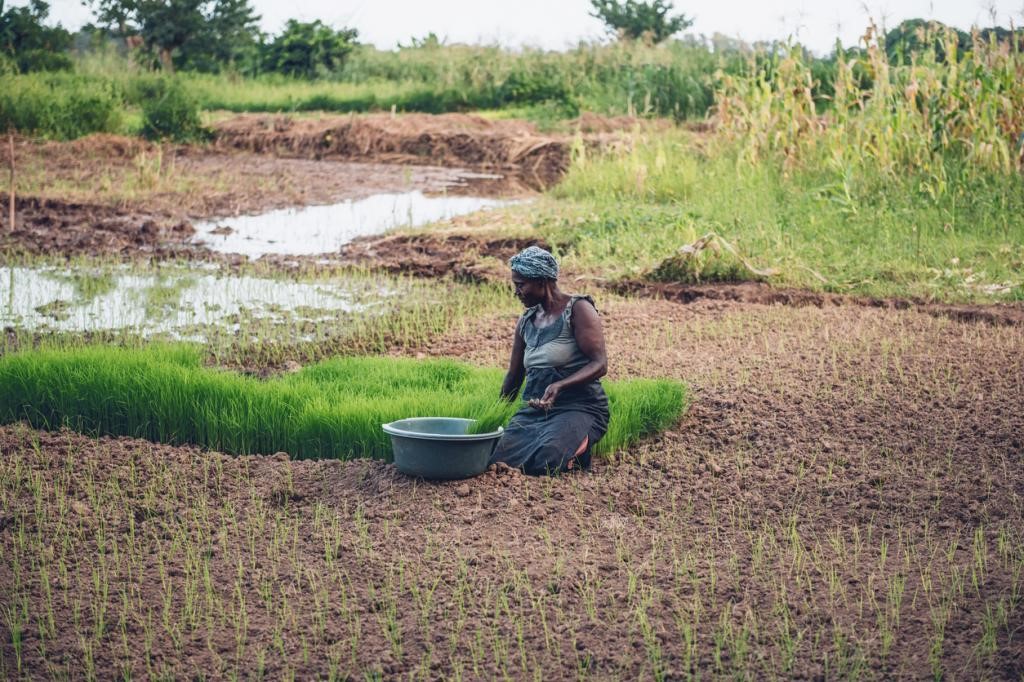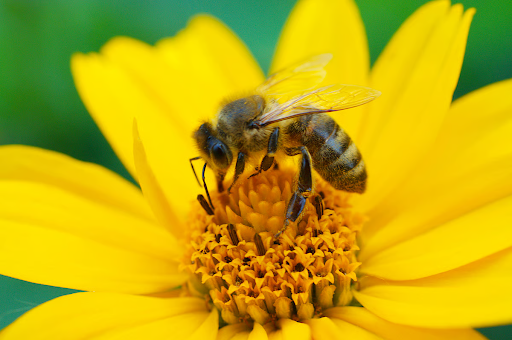





Disclaimer: Copyright infringement not intended.
Context
Research Review
Extent of Infestation
Economic Ramifications
Projected Impact
Beyond Rice
Resistance and Remedies
Continued Concern
|
PRACTICE QUESTION Q Analyse the detrimental impact of parasitic weeds on agricultural productivity, highlighting the challenges faced and potential solutions. |




© 2025 iasgyan. All right reserved